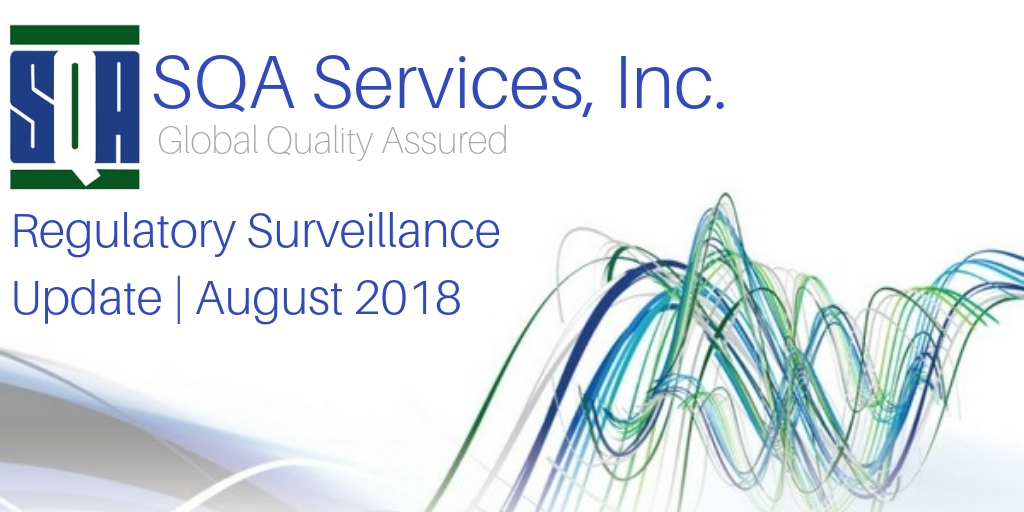China GMP
WHO Statement on Rabies Vaccine Incident in China: 25 July 2018
The World Health Organization (WHO) fully supports the China National Drug Administration’s (CNDA’s) actions to withhold problematic batches of rabies vaccine and ensure they are not placed on the market. During an unannounced inspection at the manufacturing site of Changchun Changsheng Life Sciences Ltd., a vaccine manufacturer in China’s northeastern Jilin province, the CNDA discovered problems of data integrity in the production of the batches of rabies vaccine. Authorities have withheld all vaccines involved, to prevent their reaching patients, and suspended production at the company. WHO awaits the results of further investigations and stands ready to provide support to national health authorities.
http://eng.sfda.gov.cn/WS03/CL0757/232671.html
AHWP Technical Committee Meeting held in Beijing: 23 May 2018
On 08 to 09 May 2018, the AHWP (Asian Harmonization Working Party) Technical Committee Meeting was hosted by the National Drug Administration of China (CNDA) and held in Beijing. The conference focused on the development of goals for the AHWP, the three-year work plan, and capacity building and technical regulation coordination, including electronic labels, supervision of in vitro diagnostic reagents, post-market surveillance, clinical evaluation, quality management system and standards, and unique identification of medical devices (UDI). The meeting discussed the issues such as artificial intelligence medical device, 3D printing and custom medical device, and frontier products. It also introduced the latest progress of rulemaking of the International Medical Device Regulators Forum (IMDRF). Based on the Regulations on the Supervision and Administration of Medical Instruments, China has built a more perfect life cycle regulatory system to meet the domestic demand and provide more quality products to other countries and regions, covering the regulation of medical device standards, classification and unique identification, and the reform of the examination and approval system and the encouragement of innovation. It also introduced the overview of AHWP and the latest progress of medical devices in the European Union (EU), the ASEAN (Association of Southeast Asian Nations), Saudi Arabia and China-Hongkong.
http://eng.sfda.gov.cn/WS03/CL0757/229845.html
The International Clinical Evaluation Harmonization Project for International Medical Devices Initiated by China is Approved Unanimously: 23 March 2018
On 20 to 22 March 2018, the management committee meeting of 13th International Medical Device Regulators Forum (IMDRF) undertaken by China was held in Shanghai. The United States, the EU (European Union), Japan and 10 other countries and regions regulators as full members of the management committee, attended the meeting. The World Health Organization (WHO) also attended as an official observer. On the basis of in-depth investigation and argumentation, and soliciting opinions from the members, at this meeting, China formally submitted to the IMDRF management committee the proposal of “Clinical Evaluation of Medical Devices” new work project, and successfully established the project. The project is committed to conducting international collaborative research on the basic requirements of clinical trial decision making, the basic requirements for clinical evaluation through isotropic reasoning, and the acceptance of data from overseas clinical trials.
http://eng.sfda.gov.cn/WS03/CL0757/226959.html
World Health Organization (WHO)
Annex 2: Guidelines on Good Manufacturing Practices for Herbal Medicines, WHO Technical Report Series, No. 1010, 2018
These new WHO guidelines for Herbal Medicines are intended to complement those provided in Good manufacturing practices for pharmaceutical products and should be read in conjunction with the parent guide. The additional standards addressed by the present guidelines should therefore be considered supplementary to the general requirements. They relate specifically to the production and control of herbal medicines, in so far as they focus on identifying the critical steps needed to ensure good quality. These supplementary guidelines are intended to provide WHO Member States with general and minimum technical requirements for quality assurance and control in the manufacture of herbal medicines. Each Member State should develop its own national GMP for manufacturing herbal medicines that are appropriate to its particular situation. These guidelines deal exclusively with herbal medicines. They do not cover combination of herbal materials with animal materials, mineral materials, chemicals and other substances.
http://www.who.int/medicines/areas/quality_safety/quality_assurance/TRS1010annex2.pdf?ua=1
Annex 8: Guidelines on Heating, Ventilation and Air-Conditioning Systems for Non-Sterile Pharmaceutical Products, WHO Technical Report Series, No. 1010, 2018
The World Health Organization (WHO) published the first edition of the WHO Guidelines on Good Manufacturing Practices for Heating, Ventilation and Air-Conditioning Systems for Non-Sterile Pharmaceutical Dosage Dorms in 2006. After a revision, the second edition of the document was published in 2011. Consideration of various comments and questions related to Good Manufacturing Practices (GMP) for Heating, Ventilation and Air-Conditioning (HVAC) systems led to the proposal to revise the document. After wide public consultation, and considering comments received, the document and comments were discussed during an informal consultation in Geneva in April 2017. During this informal consultation the proposed changes based on comments received as well as additional suggestions made during the consultation, were discussed. It was agreed that the guidelines be amended to comprise two documents: one that would consist of guidelines containing recommendations for GMP for HVAC systems for non-sterile products and a second document that would contain examples and drawings that would clarify some of the recommendations made in the first document. In accordance with the recommendation made during the informal consultation in April 2017, the guidelines have been rewritten in two parts. The present document is the first part and contains the recommendations that are to be considered as good practices in design, management, control and qualification over the life cycle of HVAC systems. The second part will contain non-binding examples, clarifications and drawings in support of the guidelines in the present document and is currently being drafted.
http://www.who.int/medicines/areas/quality_safety/quality_assurance/TRS1010annex8.pdf?ua=1
Pharmaceutical Inspection Convention and Pharmaceutical Inspection Co-operation Scheme (PIC/S)
Revision of PIC/S GMP Guide (PE 009-14): 20 June 2018
The following Chapters and Annex of the PIC/S GMP Guide have been revised:
- Chapter 3 on Premises and Equipment
- Chapter 5 on Production
- Chapter 8 on Complaints and Product Recall
- Annex 17 on Real Time Release Testing and Parametric Release
The revised Chapters 3, 5, and 8 of the PIC/S GMP Guide are based on the equivalent Chapters of the European Union (EU) GMP Guide with some minor differences in terms of language. These Chapters of the PIC/S GMP Guide have now been aligned with principles of Quality Risk Management. Chapter 3 and 5 have been revised to include requirements to prevent cross-contamination. A change in the qualification of suppliers has also been introduced by revised Chapter 5. Expectations with regard to the quality management system for the evaluation of quality defects in relation to product recalls have been expanded in Chapter 8, which has been entirely revised. Revised Annex 17 has been aligned with the EU revision of Annex 17 which will be published shortly by the European Commission (EC).
https://picscheme.org/en/news
https://www.picscheme.org/en/publications?tri=gmp

